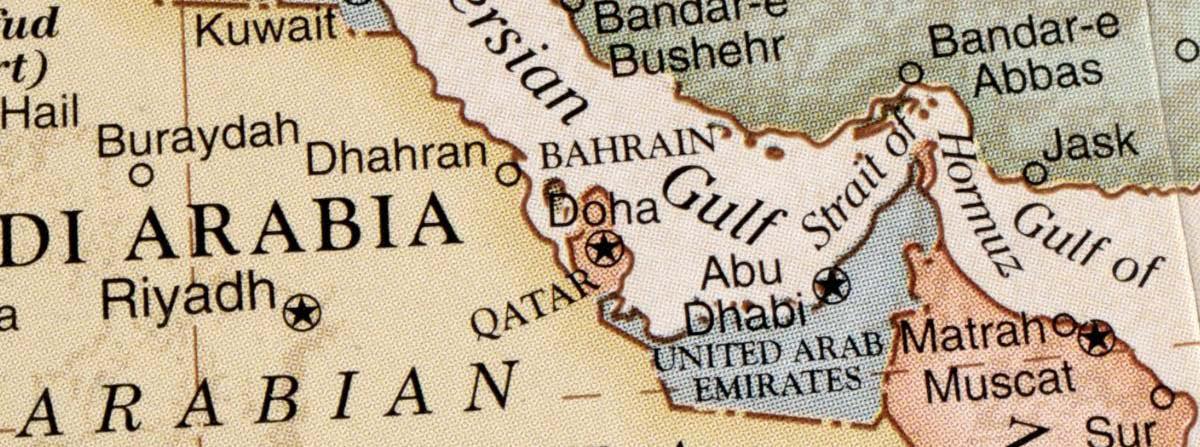
1 minute read
QATAR
RB: Qatar’s economic diversification and business attraction efforts, as guided by the 2030 National Vision, have substantially strengthened the country’s economic prospects. The legacy of the FIFA World Cup in 2022 has raised the country’s profile and boosted non-hydrocarbon industries such as real estate, hospitality, sports, and healthcare. These effects will help Qatar maintain long-term sustainable growth and create a wealth of opportunities for foreign investors.
The hydrocarbon sector is also expected to continue to support the economy, particularly with the North Field Expansion. The first gas from the $28.75 billion project is expected to be produced by 2025. Qatar’s high living standards, thanks to the large hydrocarbon revenues and general satisfaction regarding the quality of life, reinforce political stability. The World Cup will also strengthen Doha’s relationships with key security partners. Nevertheless, the divergences in foreign policy with other regional powers, namely the UAE and Saudi Arabia may become a source of instability in the long term.
JM: Qatar is an economy with a rich history in pearling and fishing that has transformed itself into a modern economy with a world-class petroleum industry. In 2022, the country’s total exports of oil and gas increased in value by 54.9% to $113.3 billion, mostly due to price increases. However, by quantity, these exports decreased slightly. Qatar’s other major exports were fertilisers at $3.6 billion, plastics at $3.4 billion and aluminium at $2.1 billion, which are good signs of diversification in its economy.
Qatar has a large trade surplus, and its top import in 2022 was machinery worth $5.4 billion, followed by electronics at $2.9 billion, vehicles at $2.2 billion, and arms and ammunition at $1.9 billion. Additionally, Qatar imports significant amounts of food, particularly meat, fruits and nuts, and dairy products.
In 2022, Qatar’s exports increased to $129.7 billion from $86.7 billion, with the top export markets being China, India, South Korea, Japan, and the UK. Meanwhile, overall imports increased to $32.2 billion from $27.9 billion, with the top sources being China, the US, India, Italy, and Germany.










